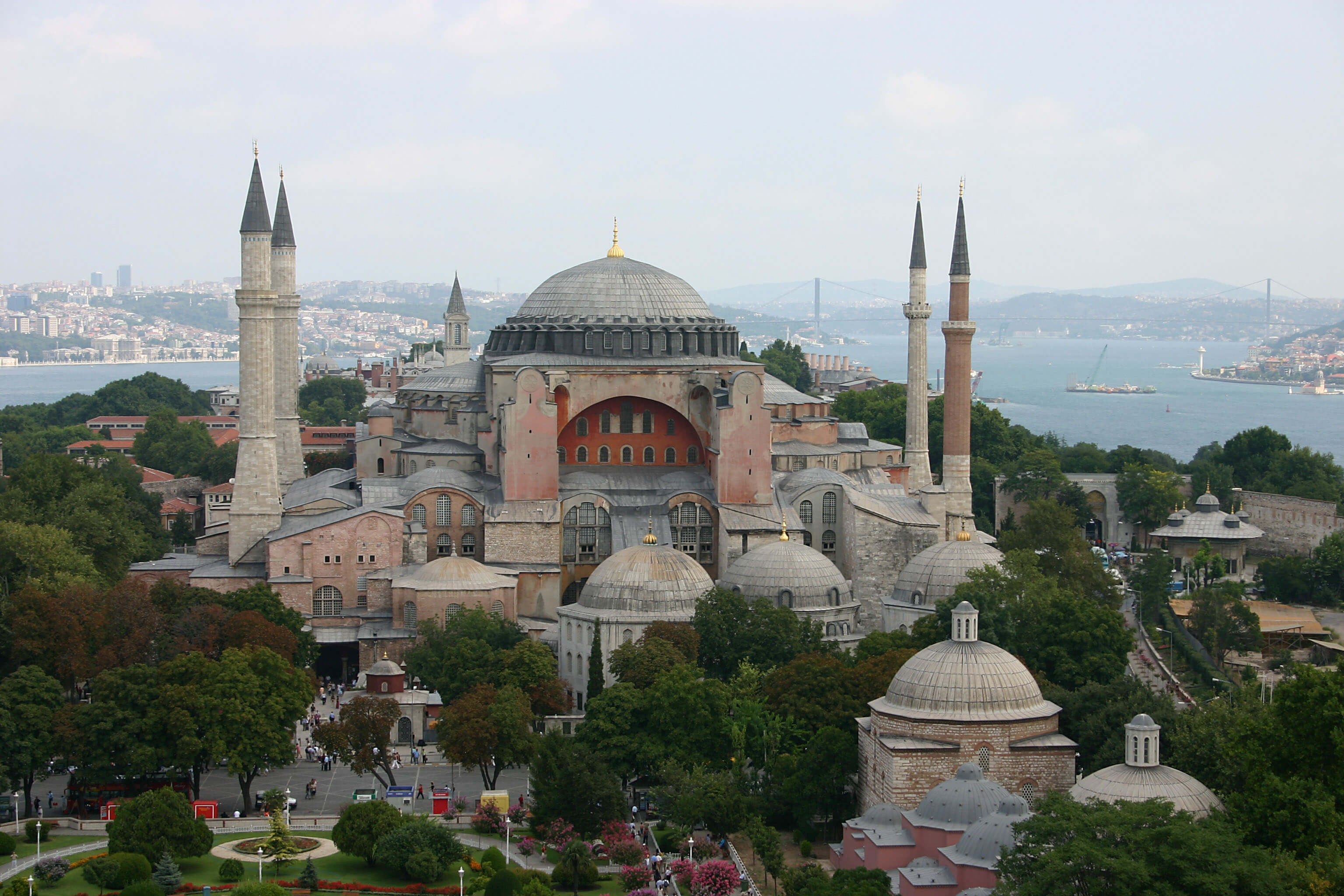Hagia Sophia Museum (ST.SOPHIA)

Hagia Sophia is for the most part known as a standout amongst the most important and interesting structures in the realm of craftsmanship and engineering. It should enter to the accumulation of the uncommon works by testing to the time. It is situated in Sultanahmet range (a noteworthy place), adjacent of Topkapi castle in Istanbul Turkey. Hagia Sophia is an incredible building excellence and a vital landmark both for Byzantine and for Ottoman Empires. Once a congregation, later a mosque, and now a historical center at the Turkish Republic, Hagia Sophia has dependably been the significant of its time.This church was modified three circumstances on a similar place. Megale ekklesia meaning enormous church was named firstly however then it was renamed as Hagia Sophia meaning Holy Wisdom.
The main church was developed by Emperor Constantius II (337-361), child of Emperor Constantine I. This congregation was a wooden-roofed basilica with a nave flanked by two or four paths, each conveying a display story. It was gone before by a chamber. This congregation was to a great extent torched in 404 amid uproars since patriarch John Chrysostom was sent into outcast by the Emperor Arcadius. Today, some marble obstructs from this second church are spoken to at the yard of the third church/the historical center.
The second church was worked by designer Ruffinos Emperor Theodosios II. arrange in 415.This church was likewise developed as basilica and its root was produced using wood.It had 5 naves, 3 entryways and a momentous passage. After the uproars called Nika Revolt against The Emperor Justinian I (527-565),the second Hagia Sophia was torched in 532.
The current Hagia Sophia was worked by the Greek researchers Isidore being physicist , and Anthemius being mathematician , Emperor Justinian’s reguest. It is one of the best relics cases of Byzantine design, rich with mosaics and marble columns and covers. Numerous materials had been brought from everywhere throughout the realm, including yellow stone from Syria, porphyry(red marble) from Egypt and Hellenic Columns from the Artemis Temple in Ephesus. To develop this build,more than ten thousand individuals were worked and the third church was appeared by the ruler in 537.




No Comments